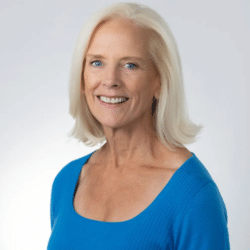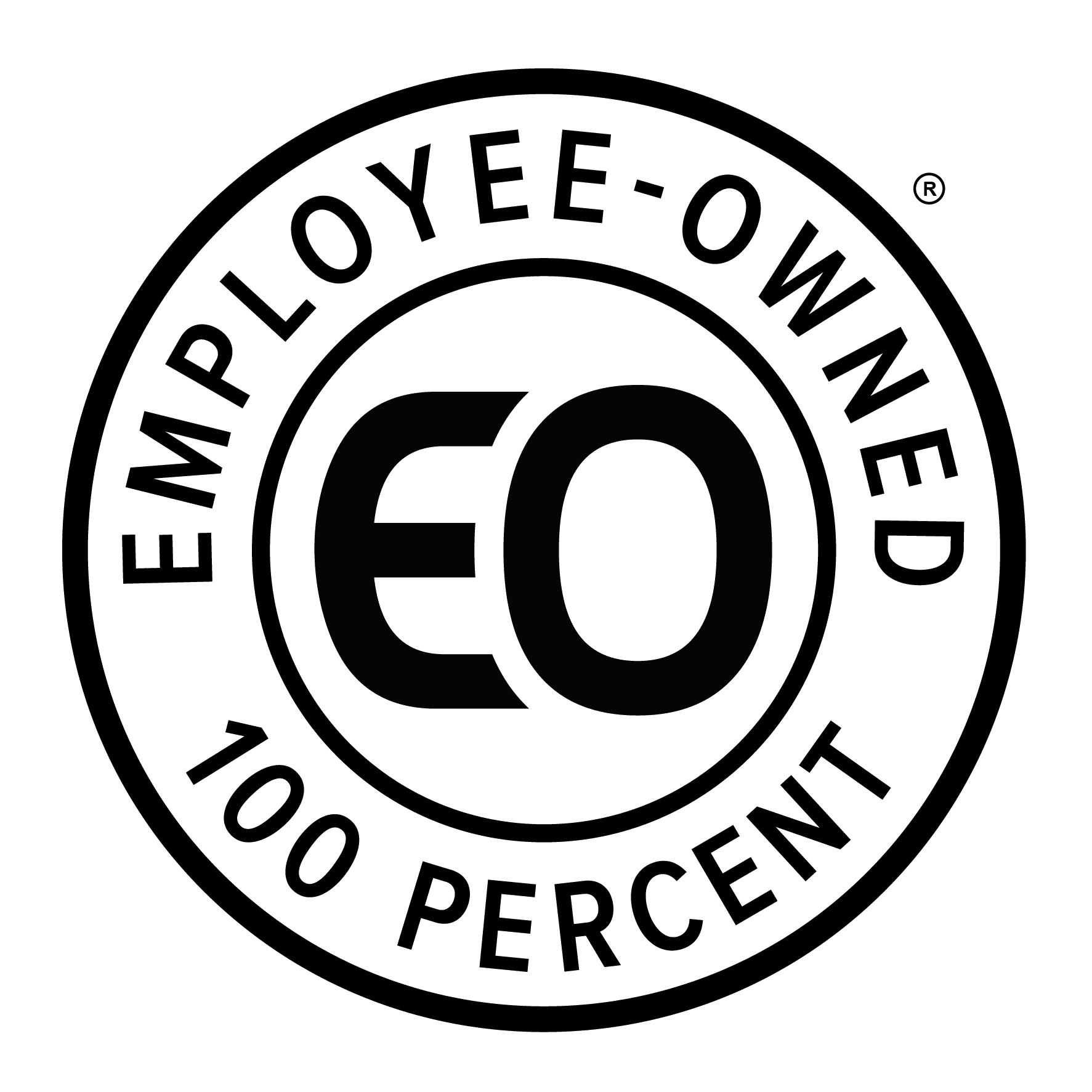Employee Stock Ownership Plans, commonly known as ESOPs, can be a great option for providing a succession plan for closely held companies. This type of business structure can benefit the business owners, the company and its employees. ESOPs can increase the likelihood of a company’s success since employee owners have a vested interest and ESOP workers, depending on their time with the company and other variables, oftentimes retire with sizeable retirement funds. But what exactly is an ESOP and how does it work?
Understanding ESOPs
An ESOP is a type of employee benefit plan that gives workers ownership interest in the company. ESOPs are designed to align the interests of employees with those of the shareholders by granting employees shares in the company, typically at no upfront cost to the employees. This can serve as a powerful incentive for employees to work towards the company’s success, as their financial benefits are directly tied to the company’s performance.
How ESOPs Work
1. Establishment: A company creates an ESOP trust, which is a legal entity with specially designed ESOP and Trust documents. The Trust holds the company’s shares on behalf of the employees.
2. Funding: The company contributes to the ESOP trust, either by issuing new shares, borrowing money to buy existing shares, or using cash to buy shares from existing owners. These shares are then allocated to individual employee accounts within the trust.
3. Allocation: Shares in the ESOP trust are allocated to employees based on a set formula, which often considers factors such as salary and years of service. Employees do not need to purchase these shares; they receive them as part of their compensation package.
4. Vesting: Employees gradually gain ownership of the shares allocated to them over a vesting period, which can vary but often spans several years, similar to a 401(k). This ensures that employees have a long-term stake in the company.
5. Distribution: Upon retirement, termination, or other qualifying events, employees receive their vested shares or the cash equivalent based on the distribution policy of the plan.
Benefits of ESOPs
1. Employee Motivation and Retention: By offering ownership, ESOPs can enhance employee motivation and loyalty. Employees who have a stake in the company are more likely to be committed to its success and stay with the company longer.
2. Tax Advantages: ESOPs offer several tax benefits. Contributions to the ESOP are tax-deductible and employees can defer taxes on the allocated shares until they receive a distribution.
3. Succession Planning: For business owners looking to retire or transition out of the business, ESOPs provide a way to sell their shares gradually and ensure the company remains in the hands of those who are invested in its success. Under federal tax law, owners of closely held companies can defer and possibly avoid tax on the gains made when selling stock to an ESOP—when certain conditions are met.
4. Improved Company Performance: Research has shown that companies with ESOPs often perform better financially. The shared ownership structure can foster a more collaborative and productive work environment.
5. Early Access to Retirement Funds: By using Rule 72(t), it’s possible to take penalty-free distributions from your retirement account (i.e. an ESOP) before 59 ½; which means you may be able to retire early. Click here to learn more about Rule 72(t) distributions.
Employee Stock Ownership Plans represent a unique approach to employee compensation and ownership that can drive motivation, loyalty, and overall company performance. By aligning the interests of employees and shareholders, ESOPs create a company culture of shared success.
Marshall Financial is proudly 100% employee-owned and a member of Certified Employee-Owned (Certified EO), a leading certification program for employee-owned companies. In addition to our own Employee Stock Ownership Plan, we’ve also helped several individuals effectively manage their ESOP funds to meet their retirement needs. If you have an ESOP, consider contacting our office to see how we can help.





